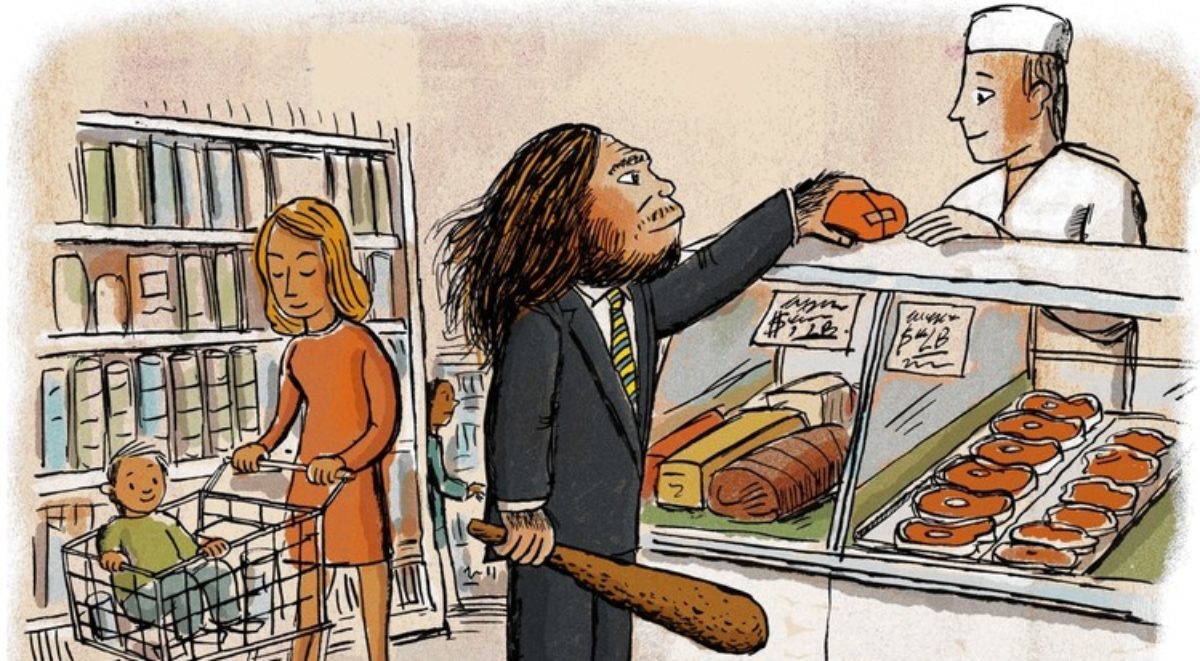Chapter 7 is all about love, sex differences, and the question of human monogamy. The author first familiarizes the reader to evolutionary basis for sex differences. Sexual selection is thought to account for the major differences we see between males and females: colorful plumage of male peacocks, stags with racks of antlers, and frogs with their unique calls. Sexual selection favors males that can compete with other males to get the opportunity to mate at all. However, females will get the pick of mating with only the highest-quality male, which in turn will increase her chances of passing on her genes. The author reveals her opinion: differences investments made by the sexes does not automatically lead to a reduction in female lust.
To look back at our ancestral mating behavior, we can reference ourselves to our close relations the chimpanzees and bonobos. Chimpanzees is marked with male aggression and violence. Bonobos are likely to share food with one another and settle conflicts with hetero- and homosexual activity. Both species will mate with multiple partners and they do not form long-term pair bonds. The author warns that it might not be reasonable to use chimpanzees and bonobos as models because we have not shared a common ancestor for at least 5 million years.
She quotes Eric Michael Johnson, “Were our ancestors polygamists, monogamists, or happy sluts?” Polygyny is still found in many historical and modern human societies. Monogamy was thought to have become prevalent when societies more complex and reliant on agriculture. Dr. Zuk goes on to explain how genetic research reveals that polygyny was part of our history and how marriage patterns reveal that monogamy is actually not a recent invention that came with industrialization.
The author goes on to discuss gender roles. Darwinian thinking follow the idea that men hunted and provided food while females remained faithful to their man and guaranteed him paternity. Sarah Blaffer Hrdy coins this exchange of meat for fidelity as the “sex contract”. In the 1970s, female anthropologists started to question this macho man perspective. They found that in contemporary foraging people, women actually provided the bulk of the nutrients and women also hunted alongside males. From research on present foraging groups, it was found that these societies had dramatic differences in the sexual division of labor.
She spends the rest of the chapter discussing the physical differences between the sexes, specifically size differences. The chapter wraps up with emphasizing the sheer variation in human mating systems and how it all comes down to evolutionary fitness.

